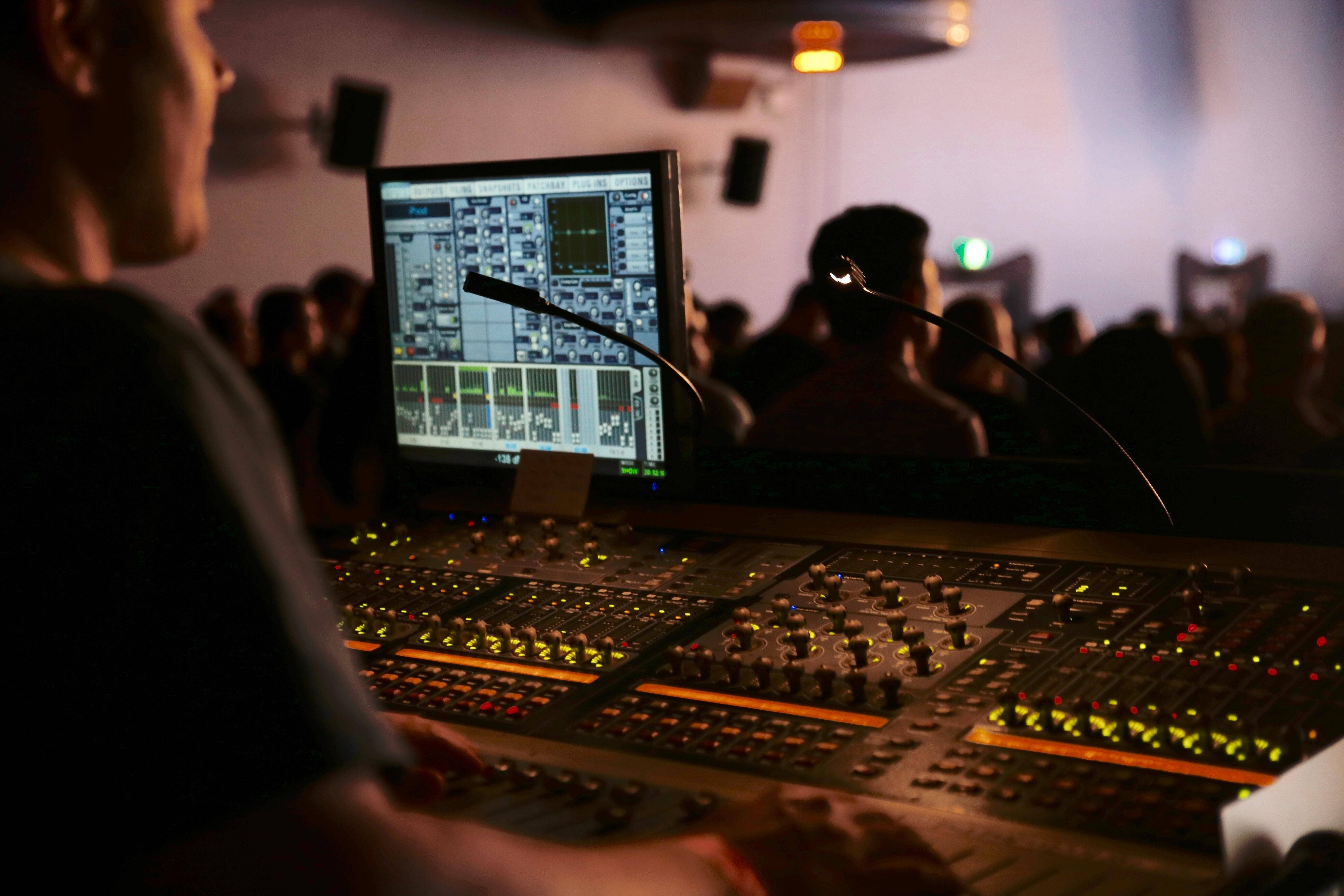

If you need further horizontal adjustment, you can move them left or right by pressing the left or right arrow keys while holding down SHIFT-ALT (Windows) or SHIFT-OPT (Mac). Tip – when extending the length of the arpeggio line by dragging across a grand staff, start the arpeggio in the staff with the the most accidentals – that way, the line will be properly placed to avoid any collisions across the grand staff. If you need the line to extend across a grand staff, can drag either end of the line to change its length. As if that weren’t enough, as you add or remove notes from the chord, or change their pitches, the length of the arpeggio line is updated automatically. Sibelius automatically creates the arpeggio to the appropriate length, at a proper horizontal distance from the notes, automatically avoiding collisions with notes, accidentals, key signatures, meter changes and barlines. To create an arpeggio, select a note or chord, then one of the three variants of the arpeggio line: a regular arpeggio line, an arpeggio line with an up-arrowhead at the top, and an arpeggio line with a downwards-pointing arrowhead at the bottom. Not only will your charts look better, but using the feature will save you valuable time. This “smart” arpeggio feature is built into the fifth Keypad layout of Sibelius 6 and Sibelius 7: Were you aware that arpeggio lines are now a “smart” feature of Sibelius? If you aren’t already using this feature, you should be. If you’re still creating arpeggios this way in Sibelius 6 or 7, read on. With no collision avoidance or precise placement built in, the results frequently looked like this: Once on the page, you dragged the arpeggio line into place. In Sibelius 5 and earlier, the way you would indicate an arpeggio or rolled chord was to Type “L” to open the Lines Dialog and select the appropriate wavy line.


 0 kommentar(er)
0 kommentar(er)
